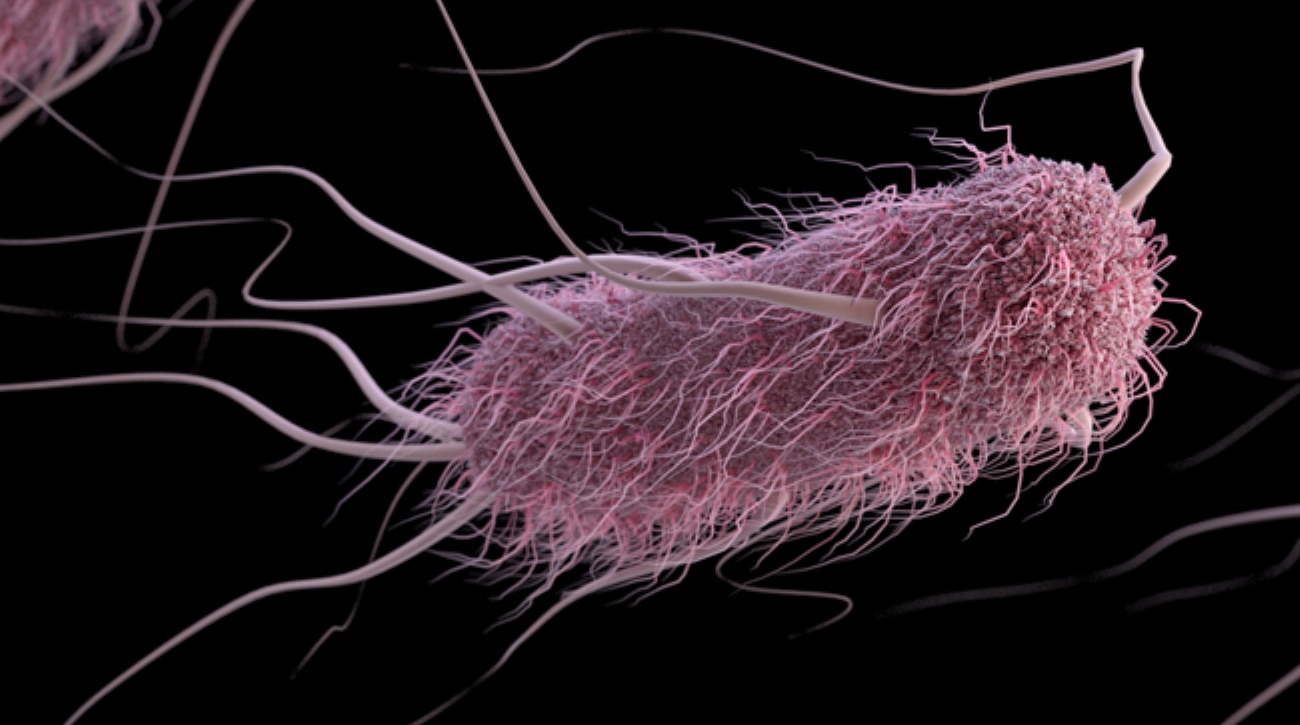Over the course of his long career, Emeritus Harvard University Professor Dr. Ralph Mitchell has used his knowledge of bacteria and other microbes to investigate a wide array of issues—including many that touch on public health—in addition to helping to protect some of the world’s most precious and vulnerable cultural treasures. He delights in sharing his expertise and enthusiasm to introduce students to his favorite topic. This spring, MPH students enrolled in Germs: An Introduction to Environmental Health Microbiology, as well as undergraduate students signed up for Health and Environment will have the opportunity to experience Dr. Mitchell as a guest lecturer.
“There’s a whole world of microbes out there that are both doing damage and being protective,” says Dr. Mitchell, who is the Gordon McKay Professor of Applied Biology, Emeritus, at Harvard University. “Microbes are essential for humans—and human activity,” he stresses—and his enthusiasm for bacteria and other microbes can be infectious.
There are ten times more bacteria in the human body than human cells, Dr. Mitchell points out. In addition to understanding that many of the bacteria found in our bodies are beneficial, we now know that healthy people can have pathogens in their bodies that only go on to cause diseases under the right conditions.
“If there were no microbes in the natural environment, dead bodies would pile up. Plants would never break down—we’d get no nutrient regeneration. That phrase pushing up daisies is real, it’s a wonderful old-fashioned phrase that means that all of the plants and animals that die are mineralized for the next growth of plants,” Dr. Mitchell says.
Dr. Mitchell is also well aware that over 2 million children in the developing world die every year from waterborne diseases. “Waterborne diseases are a very big deal—airborne diseases, as well,” he stresses. In addition to bacteria linked to both human health and disease and decay, microbes are associated with some kinds of pollution, as well as the creation of foods including bread, cheese, beer, and wine.
“All surfaces have biofilms containing groups of microorganisms,” Dr. Mitchell stresses. This includes the insides and outsides of our bodies, the soil, surfaces such as the bottoms of boats kept in the ocean, and everything you’re looking at and touching as you read this, he says.
The best way to remove harmful bacteria that may end up the biofilms are deposited on human hands, Dr. Mitchell stresses, is by washing your hands—thoroughly and often. He points out that bacteria such as the norovirus implicated in food poisoning can live for 6 months on surfaces such as door knobs.
Microbes can sometimes surprise scientists. They are responsible for gobbling up some of the oil that spilled into the Gulf of Mexico when the Deepwater Horizon oil rig exploded nearly 5 years ago, Dr. Mitchell points out. “When there are toxic chemicals in the soil and in water, microbes can sometimes break them down,” and engineers are now using what we call bioremediation in response to some chemical spills and releases.
One of Dr. Mitchell’s current projects at Harvard is a rapid detector to identify even very small quantities of mold in the air. “If you have mold on the walls of your building, that’s a sick building and you want out of there. We’d like to get that mold before it’s grown too far. We can now detect minute quantities of mold on surfaces in less than half an hour.”
Another interest of Dr. Mitchell’s is what he calls “bio-rational pesticides.” These pesticides are created from naturally occurring biological materials, including microbes or their byproducts, and are safer to use and more selective than conventional pesticides. For example, microbial insecticides based on Bacillus thuringiensis, or Bt, can be toxic to specific insect pests such as potato beetles.
For the past two years, Dr. Mitchell has been investigating some 7000-year-old mummies found in Chile. These mummies are 3000 years older than the ones found in Egypt, he points out. The Chilean mummies were discovered about 30 years ago, but recently the mummies’ skin began to degrade. “It’s like a disease that’s affecting the mummies,” he explains.

“It turns out that about 10 years ago, in the desert in Northern Chile where the mummies were found, the climate started to change,” Dr. Mitchell says. “We’ve spent the last two years looking at the microbial and biochemical processes leading to the degradation of the mummies’ skin,” he says. This includes identifying the pathogens involved in the degradation as well as the environment that allows the degradation to proceed.
“This is some of the most fascinating work we’ve ever done,” Dr. Mitchell says. “Now we know the organisms, and we know the biochemical processes. It turns out that the collagen in the skin is beginning to break down. We’re now looking at the environmental conditions leading to this skin disease and how to prevent it to protect the mummies.” He and his colleagues are about to publish a paper to describe their findings.
Dr. Mitchell is also editing a new edition of his bestselling textbook on Environmental Microbiology during his time at George Washington University. If you are lucky enough to hear him during a guest lecture, you are in for a rare treat!
Photo Credits: U.S. Centers for Disease Control and Prevention and Dr. Ralph Mitchell


